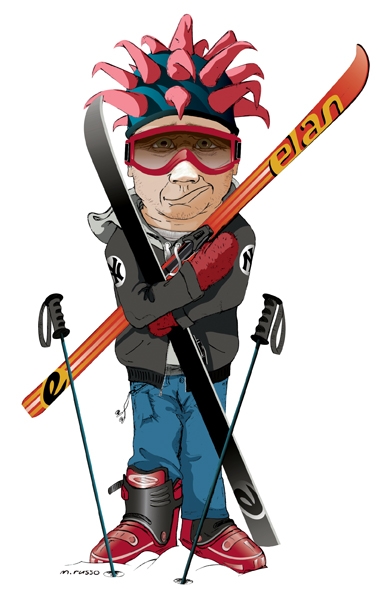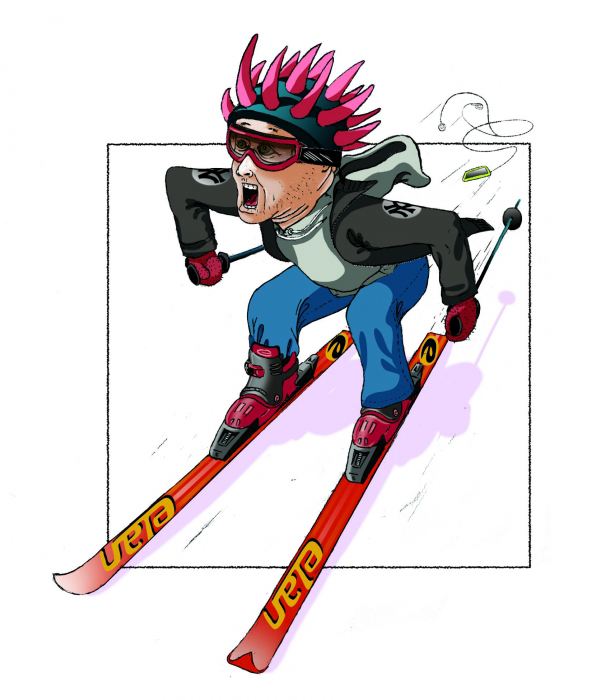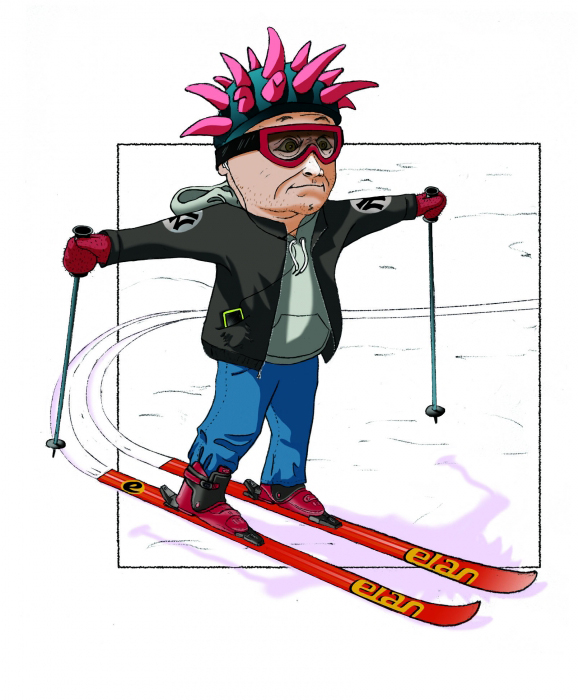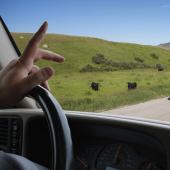Spot the Gaper
Know them, spot them, avoid them.
Bozeman-area skiers and snowboarders have plenty of hazards to deal with on the hill: rocks, ice, tree wells, unmarked cliffs, poor visibility, half-stoned trust-funders poaching your line. The last thing you need is an inadvertent run-in with a gaper. This invasive species is most prevalent from January through March, though it can be found in increasing numbers around Big Sky any time of the year. Common sightings occur in gullies and hot-chocolate huts; they often congregate in the middle of the trail after unloading a chairlift. Here’s a quick guide on how to identify, and thus avoid, this notorious winter visitor.
Gaper at Rest
-Goofy ski hat
-“Gaper gap” between goggles and hat/helmet
-Sunglasses, even on cold/windy days
-Zinc-oxide on nose
-Mildly bemused expression
-Long, '90s-era skinny skis
-“Boston Bear Hug” ski-carrying method
-Price tag from discount store
-Unzipped nylon sports jacket
-Cotton sweatshirt mid-layer
-Blue jeans
-Wool knit mittens
-One pant leg tucked in, one out
-Unbuckled rear-entry boots (over cotton tube socks)

Gaper in Motion
-Texas Tuck: Note wide stance and protruding hind end. This position may occur on any slope over 5 degrees, and may involve erratic, abrupt turning.
-Pittsburgh Pivot: Characterized by turning of entire body as one complete, robotic unit. Poles are used primarily for balance and seldom touch the ground.















